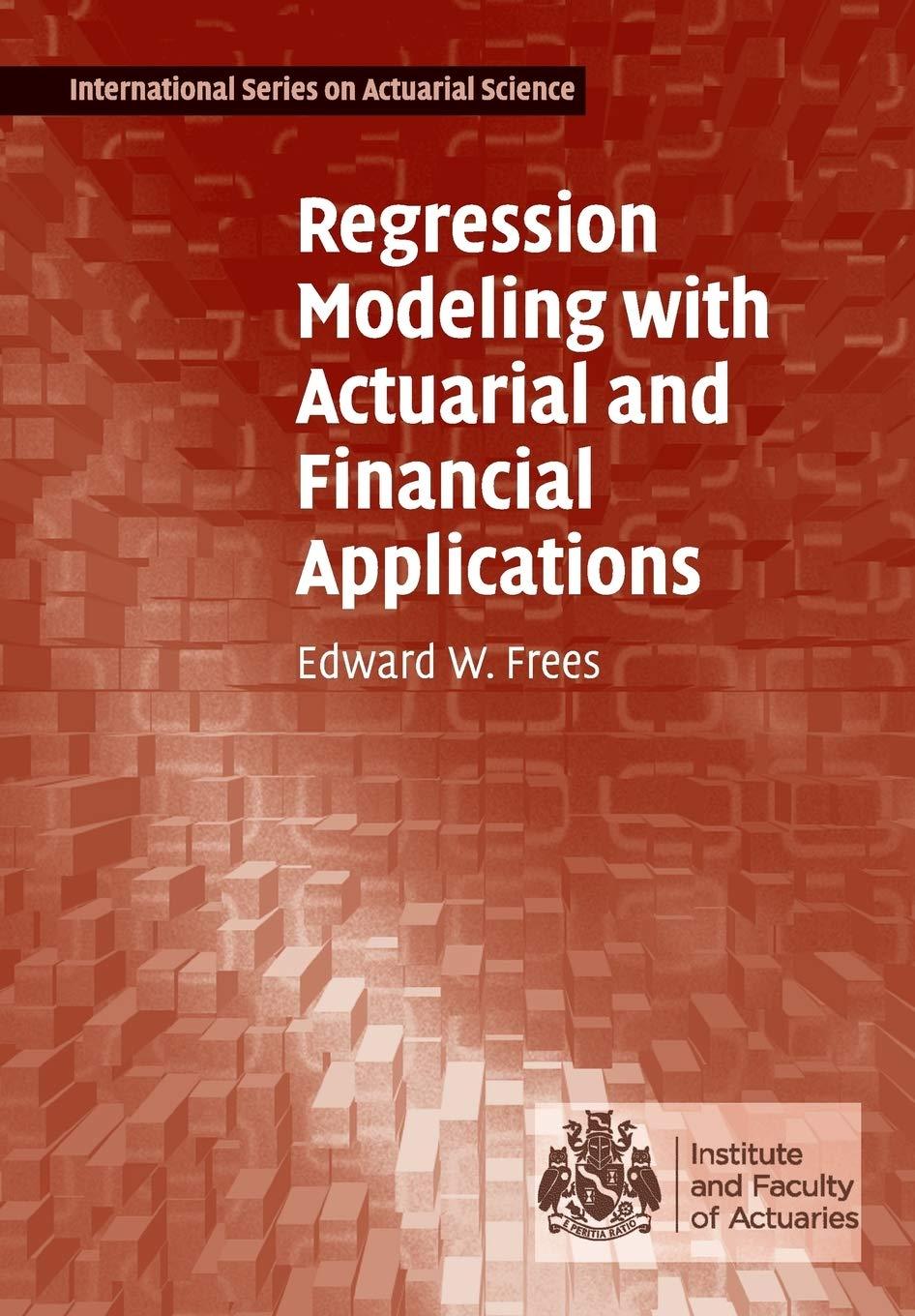Two Population Poissons. We can express the two population problem in a regression context using one explanatory
Question:
Two Population Poissons. We can express the two population problem in a regression context using one explanatory variable. Specifically, suppose that \(x_{i}\) only takes on the values of zero and one. Out of the \(n\) observations, \(n_{0}\) take on the value \(x=0\). These \(n_{0}\) observations have an average \(y\) value of \(\bar{y}_{0}\). The remaining \(n_{1}=n-n_{0}\) observations have value \(x=1\) and an average \(y\) value of \(\bar{y}_{1}\).
Use the Poisson model with the logarithmic link function and systematic component \(\mathbf{x}_{i}^{\prime} \boldsymbol{\beta}=\beta_{0}+\beta_{1} x_{i}\).
i. Determine the maximum likelihood estimators of \(\beta_{0}\) and \(\beta_{1}\), respectively.
ii. Suppose that \(n_{0}=10, n_{1}=90, \bar{y}_{0}=0.20\), and \(\bar{y}_{1}=0.05\). Using your results in part a(i), compute the maximum likelihood estimators of \(\beta_{0}\) and \(\beta_{1}\), respectively.
iii. Determine the information matrix.
Step by Step Answer:

Regression Modeling With Actuarial And Financial Applications
ISBN: 9780521135962
1st Edition
Authors: Edward W. Frees





